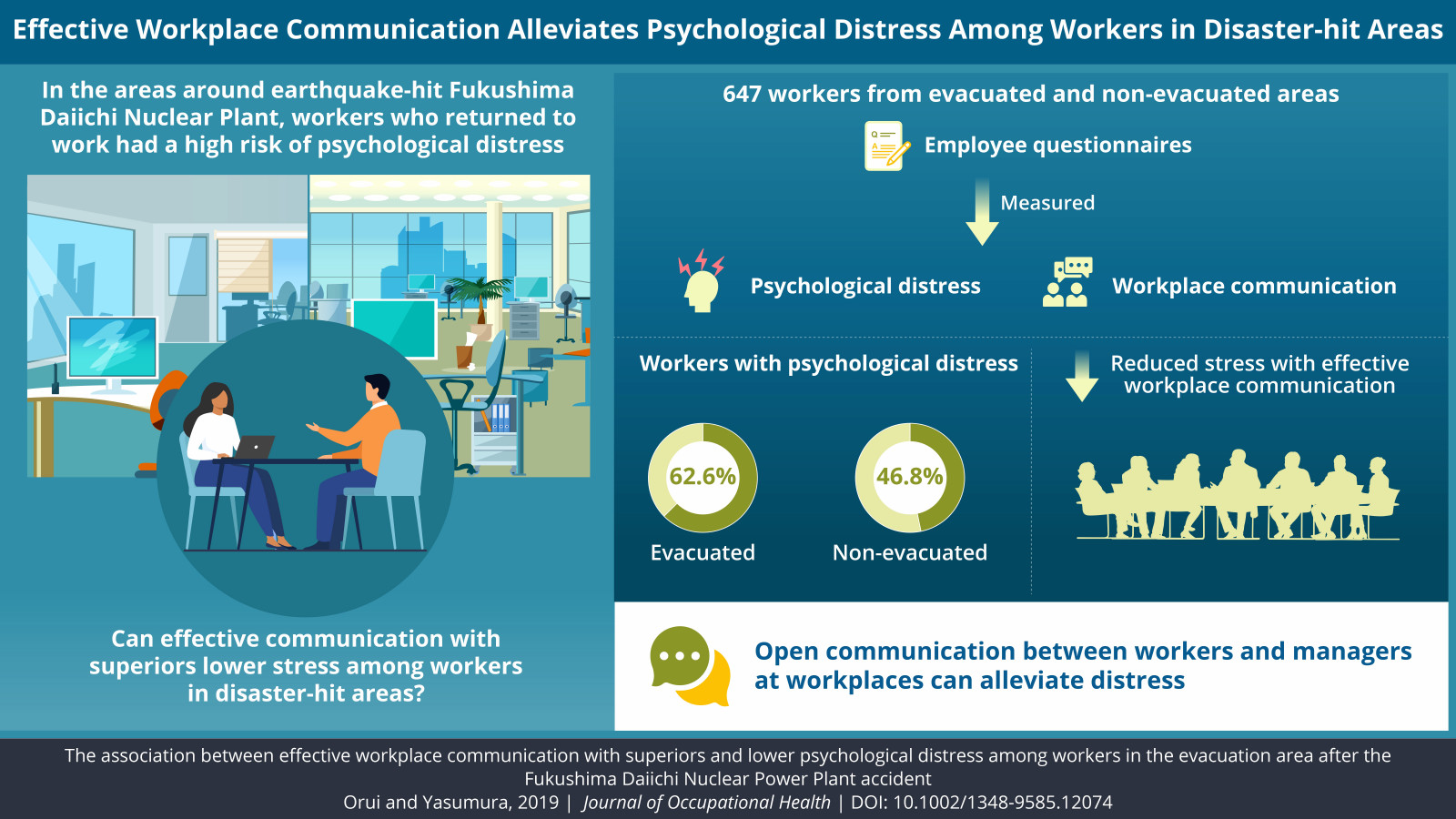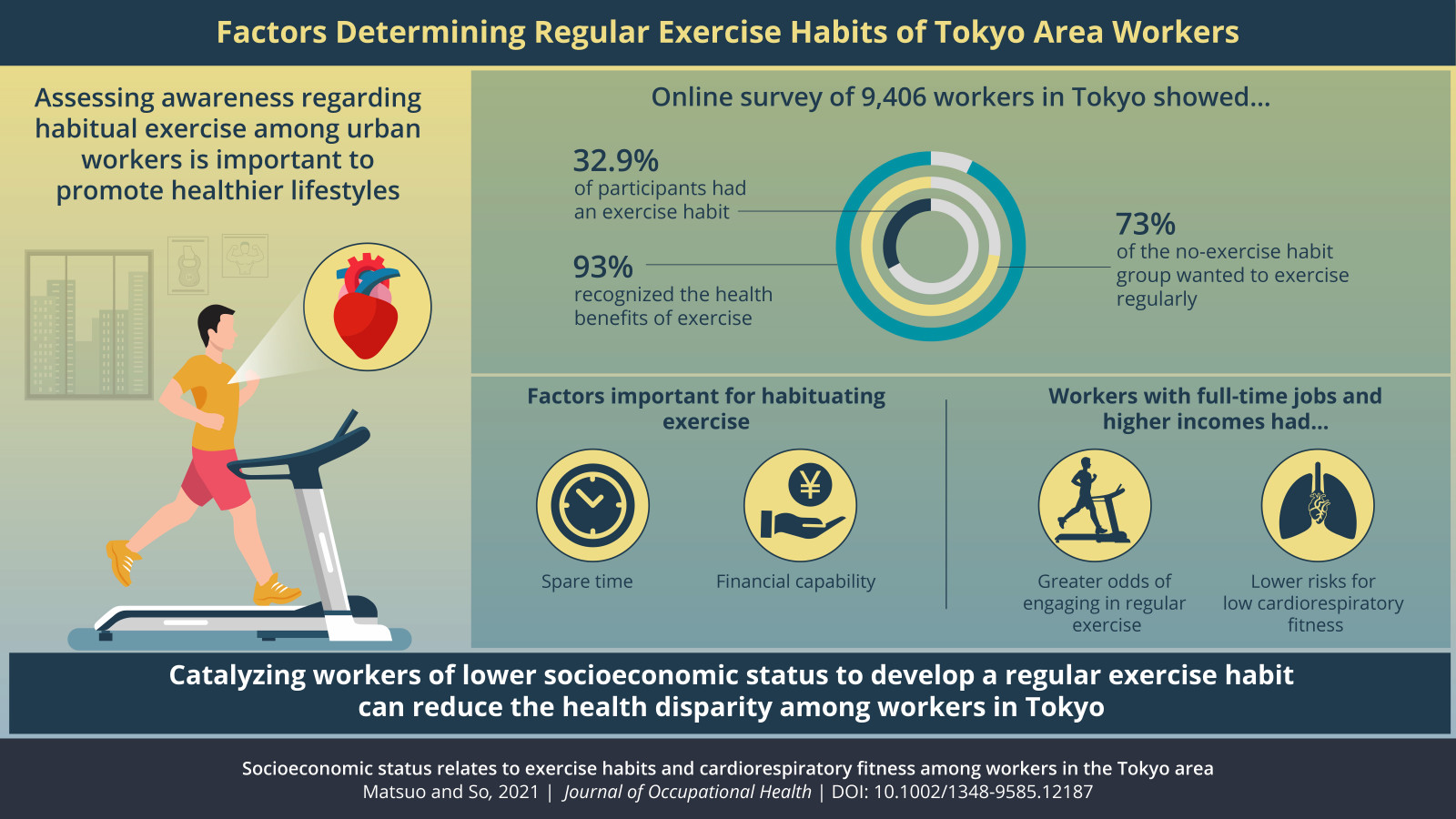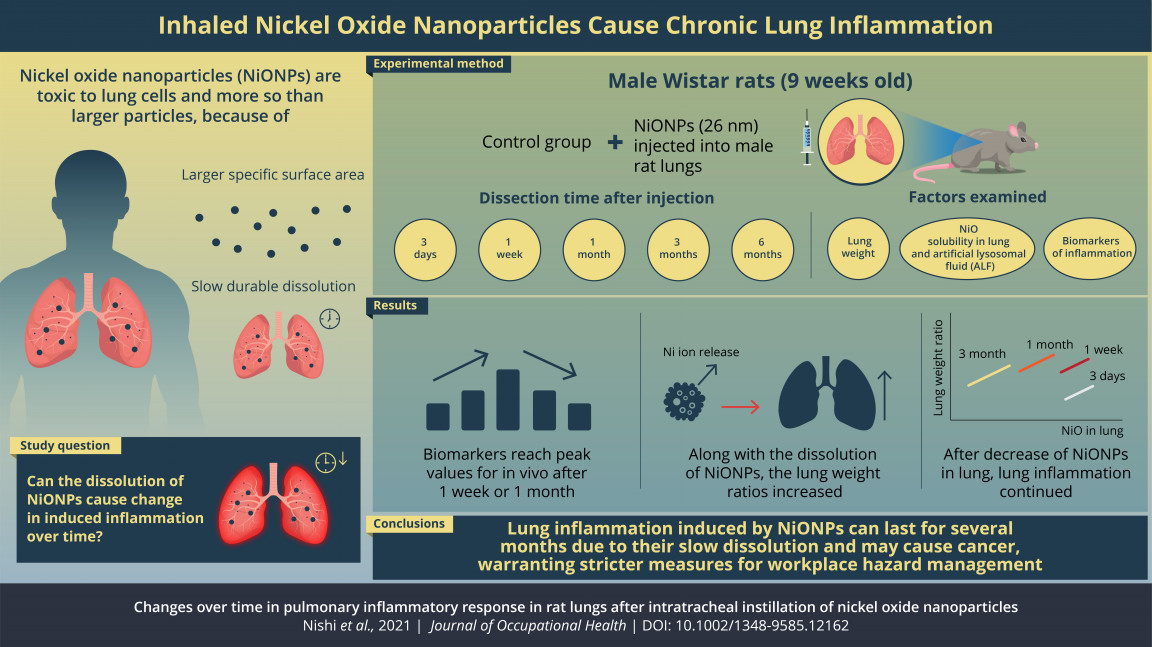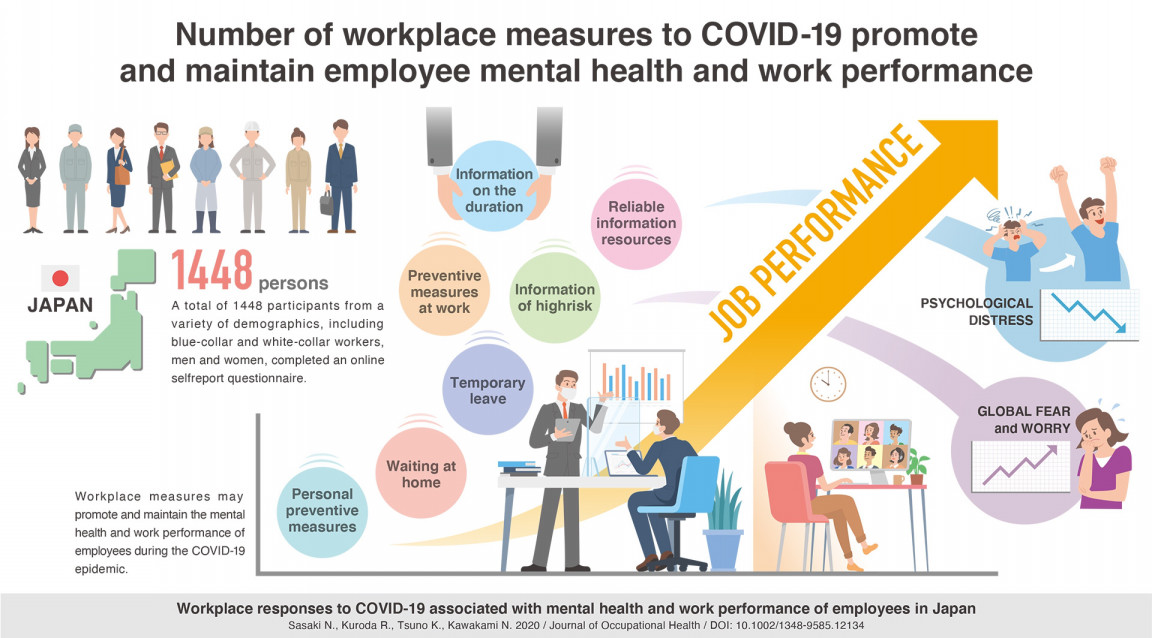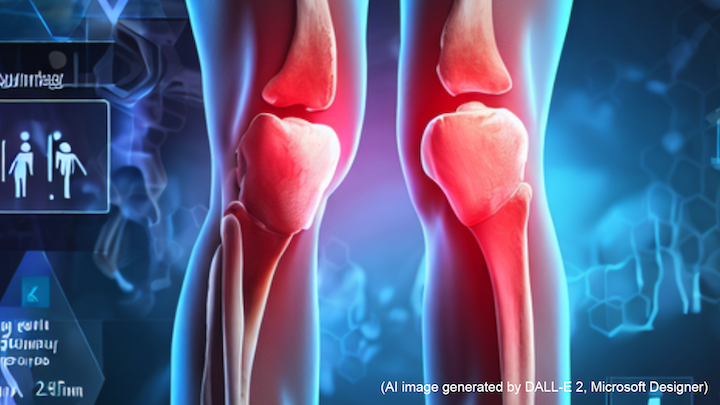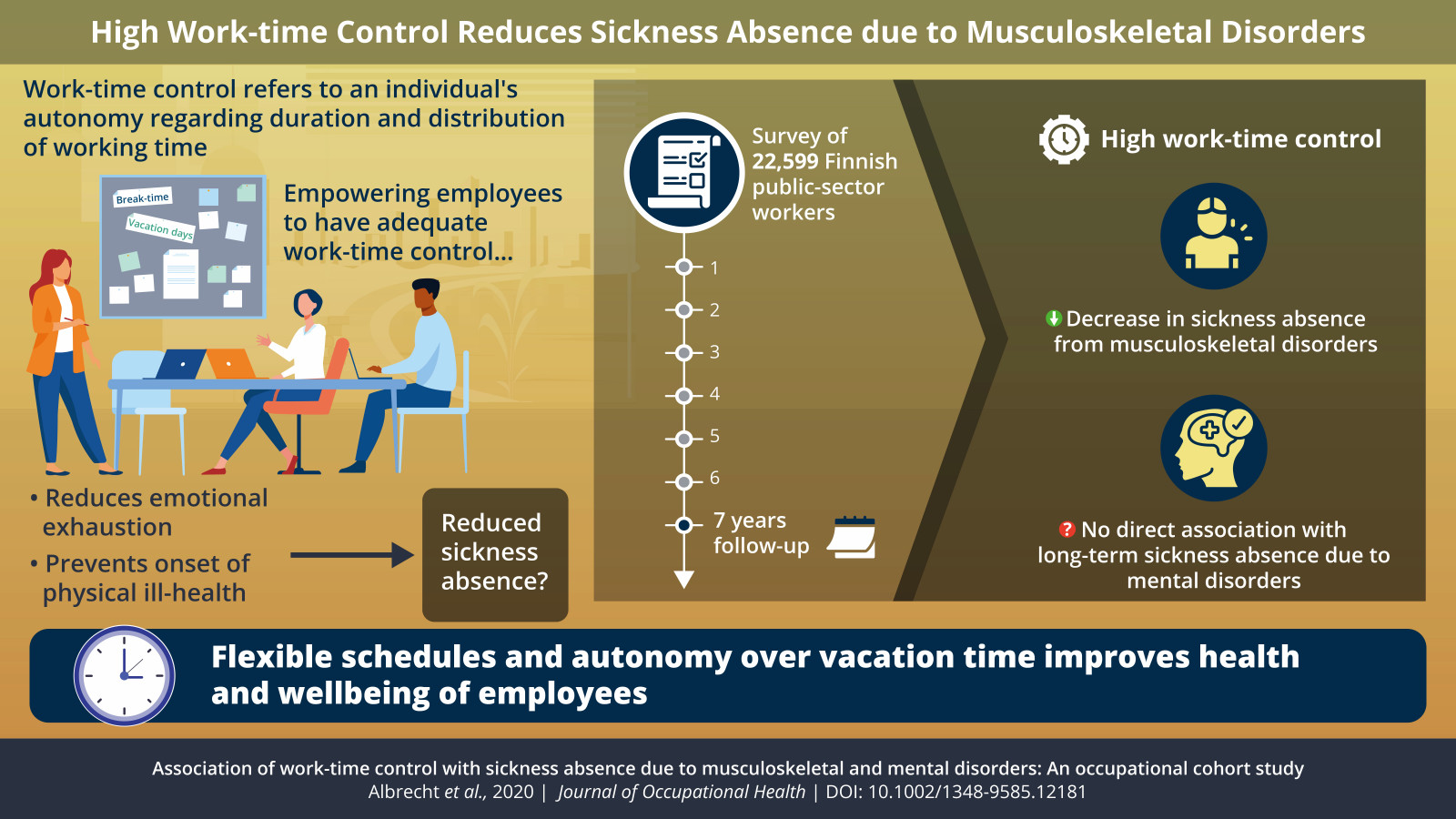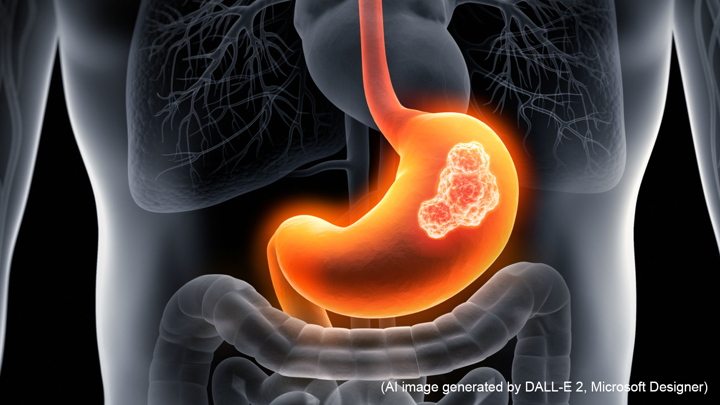Most read article
7 days
30 days
6 months
2023.12.22 16:57
#0126 Korea’s Soaring Suicide Rates: Gender Inequality and Work Stress to Be Blamed
2023.05.03 17:50
#0099 Frequency of night shift and menstrual cycle characteristics in Japanese nurses working under two or three rotating shifts
2023.05.04 17:33
#0121 Type and timing of exercise during lunch breaks for suppressing postprandial increases in blood glucose levels in workers
2023.04.29 14:06
#0024 Comprehensive analysis of hazard of ultraviolet radiation emitted during arc welding of cast iron
2023.12.22 17:05
#0133 All pain and no gain: How physical and mental work stresses cause muscle pain
2022.07.26 08:55
#0007 The Deleterious Health Effects of Nickel Oxide Nanoparticles
2023.12.22 16:57
#0126 Korea’s Soaring Suicide Rates: Gender Inequality and Work Stress to Be Blamed
2023.05.03 17:50
#0099 Frequency of night shift and menstrual cycle characteristics in Japanese nurses working under two or three rotating shifts
2023.05.04 17:33
#0121 Type and timing of exercise during lunch breaks for suppressing postprandial increases in blood glucose levels in workers
2023.12.22 17:05
#0133 All pain and no gain: How physical and mental work stresses cause muscle pain
2023.04.30 17:03
#0075 Reliability and validity of the Vietnamese version of the 9-item Utrecht Work Engagement Scale
2023.04.29 14:06
#0024 Comprehensive analysis of hazard of ultraviolet radiation emitted during arc welding of cast iron
2023.12.22 16:57
#0126 Korea’s Soaring Suicide Rates: Gender Inequality and Work Stress to Be Blamed
2023.12.22 17:05
#0133 All pain and no gain: How physical and mental work stresses cause muscle pain
2023.05.04 17:33
#0121 Type and timing of exercise during lunch breaks for suppressing postprandial increases in blood glucose levels in workers
2023.05.03 17:50
#0099 Frequency of night shift and menstrual cycle characteristics in Japanese nurses working under two or three rotating shifts
2023.04.29 14:06
#0024 Comprehensive analysis of hazard of ultraviolet radiation emitted during arc welding of cast iron
2023.12.27 15:48
#0146 Association of hairdressing with cancer and reproductive diseases: A systematic review









